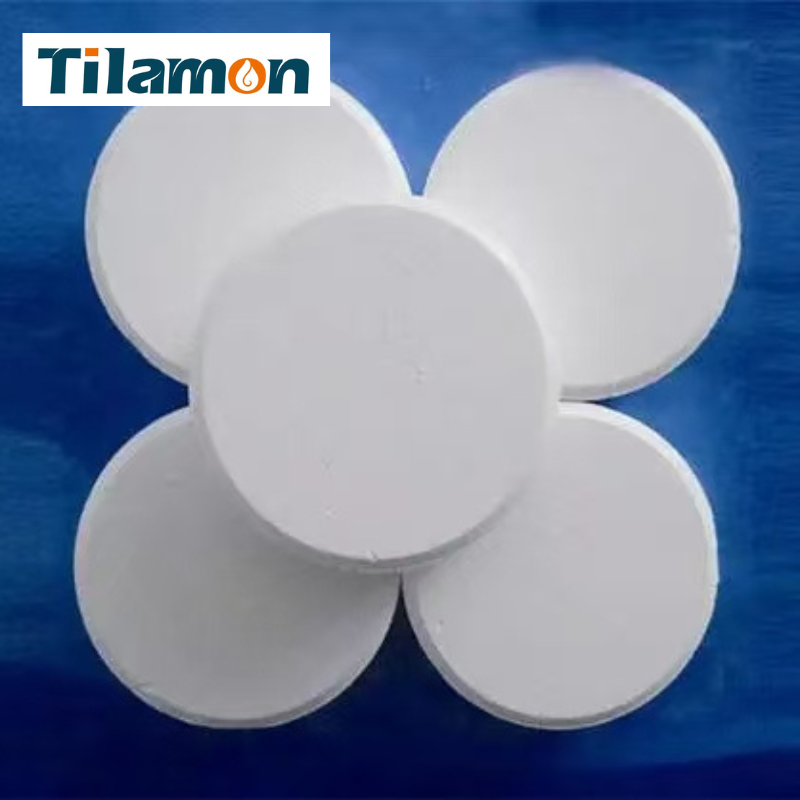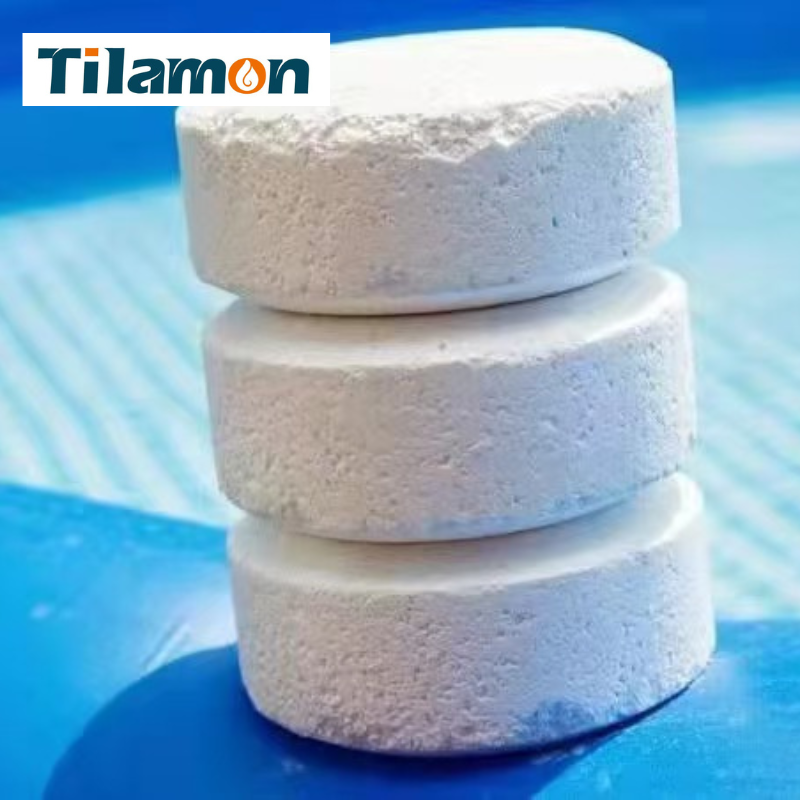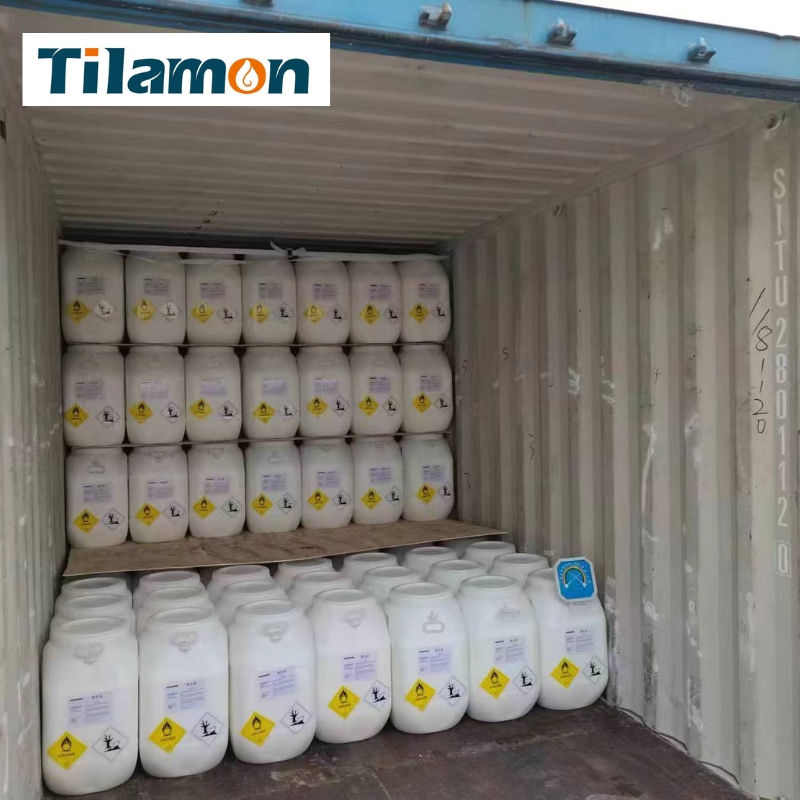Brief Introduction:
Trichloroisocyanuric Acid (TCCA) is a white crystalline powder or granular solid with a strong chlorine odor. It is a powerful chlorinating agent and disinfectant widely used in water treatment, sanitation, and industrial applications. TCCA is highly effective due to its high chlorine content and stability in various conditions.
| Property | Specification |
|---|---|
| Chemical Formula | C₃Cl₃N₃O₃ |
| Molecular Weight | 232.41 g/mol |
| Available Chlorine | ≥ 90% |
| Appearance | White crystalline powder/granules |
| Solubility (in water) | 12 g/L (at 25°C) |
| pH (1% solution) | 2.7–3.3 |
| Moisture Content | ≤ 0.5% |
| Melting Point | 225–230°C (decomposes) |
| Bulk Density | 0.7–0.9 g/cm³ |
Features:
-
High Chlorine Content: TCCA contains up to 90% available chlorine, making it a potent disinfectant.
-
Stability: It remains stable in dry conditions and releases chlorine gradually when dissolved in water.
-
Efficiency: Effective at low concentrations, making it cost-efficient.
-
Versatility: Suitable for a wide range of applications, including water treatment, sanitation, and industrial processes.
-
Safety: Easy to handle and store when proper precautions are followed.
Applications:
TCCA is widely used in the following industries and applications:
-
Water Treatment: Disinfection of drinking water, swimming pools, and wastewater.
-
Sanitation: Sterilization of surfaces, equipment, and environments in hospitals, food processing, and agriculture.
-
Industrial Use: Bleaching agent in textiles, paper, and pulp industries.
-
Aquaculture: Prevention and control of bacterial and fungal infections in fish farming.
-
Household Cleaning: Used in household disinfectants and cleaning products.
Packaging:
TCCA is typically packaged in the following forms to ensure safety and convenience:
-
25 kg plastic woven bags with inner polyethylene liners.
-
50 kg drums for industrial use.
Storage:
-
Store in a cool, dry, and well-ventilated area away from direct sunlight, heat, and moisture.
-
Keep away from flammable materials, acids, and reducing agents to prevent hazardous reactions.
-
Ensure containers are tightly sealed to avoid moisture absorption and chlorine loss.
-
Follow local regulations for hazardous chemical storage.
Safety and Handling:
-
Personal Protection: Wear gloves, goggles, and a mask when handling TCCA to avoid skin, eye, or respiratory irritation.
-
Ventilation: Use in well-ventilated areas to prevent inhalation of chlorine gas.
-
Spill Management: In case of spills, collect the material and dispose of it according to local regulations. Avoid contact with water to prevent chlorine release.
-
First Aid: In case of contact, rinse thoroughly with water and seek medical attention if necessary.
Environmental Impact:
-
TCCA is an effective disinfectant but should be used responsibly to minimize environmental impact.
-
Avoid direct discharge into natural water bodies without proper treatment.
-
Follow local environmental regulations for disposal.




